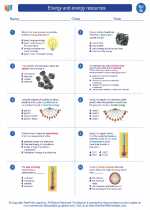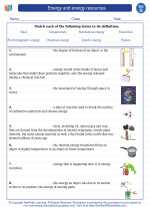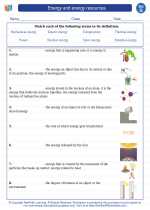Meiosis
Meiosis is a type of cell division that occurs in sexually reproducing organisms. It is a crucial process that ensures genetic diversity and the formation of gametes (sperm and egg cells) in organisms.
Stages of Meiosis
- Prophase I: Homologous chromosomes pair up and exchange genetic material through crossing over.
- Metaphase I: Paired homologous chromosomes line up at the center of the cell.
- Anaphase I: Homologous chromosomes separate and move to opposite poles of the cell.
- Telophase I: Two new cells are formed, each with half the number of chromosomes as the original cell.
- Prophase II: The two new cells prepare for the second meiotic division.
- Metaphase II: Chromosomes line up at the center of the cell.
- Anaphase II: Sister chromatids separate and move to opposite poles of the cell.
- Telophase II: Four haploid daughter cells are formed, each with a unique combination of genes.
Significance of Meiosis
Meiosis plays a crucial role in sexual reproduction. It introduces genetic variation through the process of crossing over and random assortment of chromosomes. This genetic diversity is important for the survival of species and the adaptation to changing environments.
Study Guide for Meiosis
- Understand the difference between mitosis and meiosis.
- Memorize the stages of meiosis and the events that occur in each stage.
- Learn about the significance of meiosis in genetic diversity and sexual reproduction.
- Practice solving problems related to meiosis, such as determining the number of chromosomes in daughter cells.
- Review the process of crossing over and its role in genetic variation.
By understanding the process and significance of meiosis, you will gain a deeper insight into the mechanisms of genetic diversity and inheritance.
.





